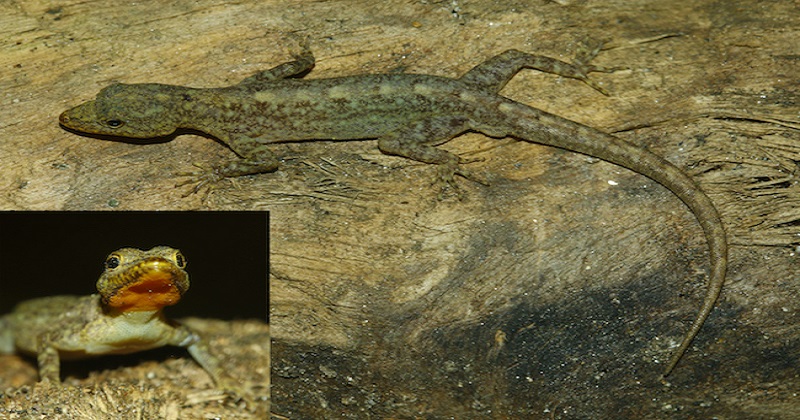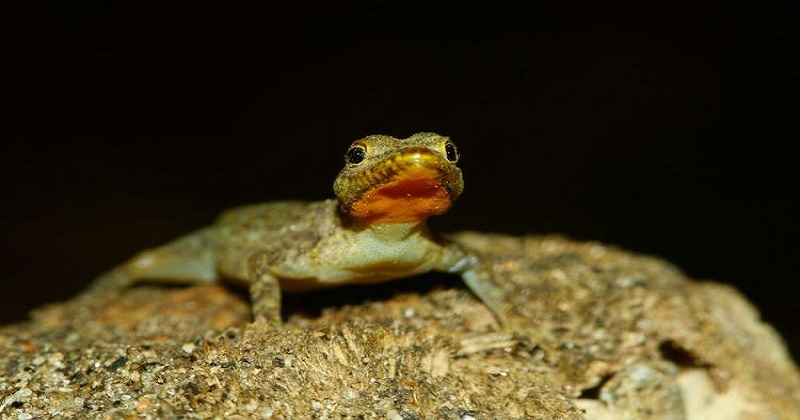
Palakkad ; A new species of gecko has been discovered from the Western Ghats in Kerala, and scientists have named it Palakkad Dwarf Gecko or Cnemaspis Palakkadensis, after Palakkad, where it was found. “For years together, this species had slipped the eyes of researchers who do field surveys, as it is very similar to the littoralis, a gecko species from the same genus known as Cnemaspis. However, on doing a genetic analysis, it was clear that this lizard was genetically different and had distinct morphological characteristics and from the littoralis,” Amit Sayyad, scientist and herpetologist who discovered the Palakkad Dwarf Gecko.

For years together, this species had slipped the eyes of researchers who do field surveys, as it is very similar to the littoralis, a gecko species from the same genus known as Cnemaspis. However, on doing a genetic analysis, it was clear that this lizard was genetically different and had distinct morphological characteristics and from the littoralis,Although the dwarf gecko shares similarities to the coastal day gecko or Cnemaspis littoralis, discovered by British zoologist Thomas C Jerdon in 1854, Amit found that the dwarf gecko was genetically different. “Its physical features include small and smooth dorsal scales (scales on the upper portion of its body), absence of spine-line tubercles, 15 or 16 femoral pores on each side separated by 14 poreless scales. Basically it is very different from any other species of geckos. The reptile’s 16S rRNA gene is also varied from all other species found in India,” Amit says.
True to its name, the reptile is tiny – just about the size of a human finger. “An average Palakkad Dwarf Gecko will be 32.2 mm. It also has beautiful black and brown patches on its dorsal (upper side) body and an orange shade on its chin or ventral (lower) part of its body.The discovery throws open the possibility of other unnamed or un-described species living in the Western Ghats, including its tourist hot beds.
“The place where I found this Palakkad Dwarf Gecko was crowded and filled with tourists). It was a stream near Annakal and the place was not a protected area. There was disposed garbage and abandoned cigarette butts lying around. It was right there that I made this discovery,” Amit says, stating that the state government must take efforts to preserve the Western Ghats which is rich in fauna. “Several of the geckos that have been discovered were found in the Western Ghats, which is one among 36 biodiversity hotspots,” Amit adds. Others have been found from Eastern Ghats and Central India.The dwarf gecko feeds on all kinds of insects and worms such as crickets, bugs, beetles, larva of butterfly and even small frogs. “In a way, geckos are crucial to Western Ghats to control its insect population,” Amit adds.

Post Your Comments